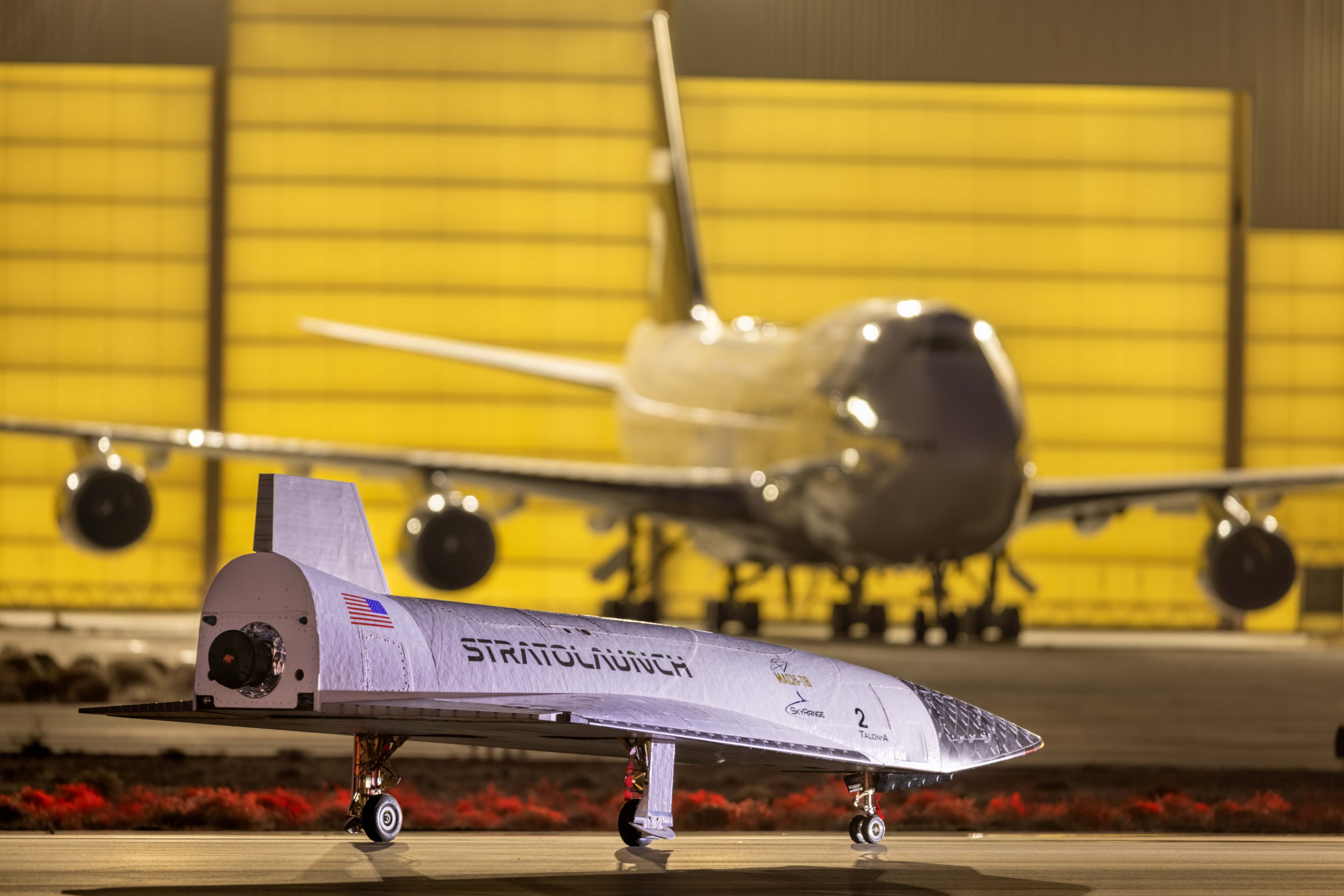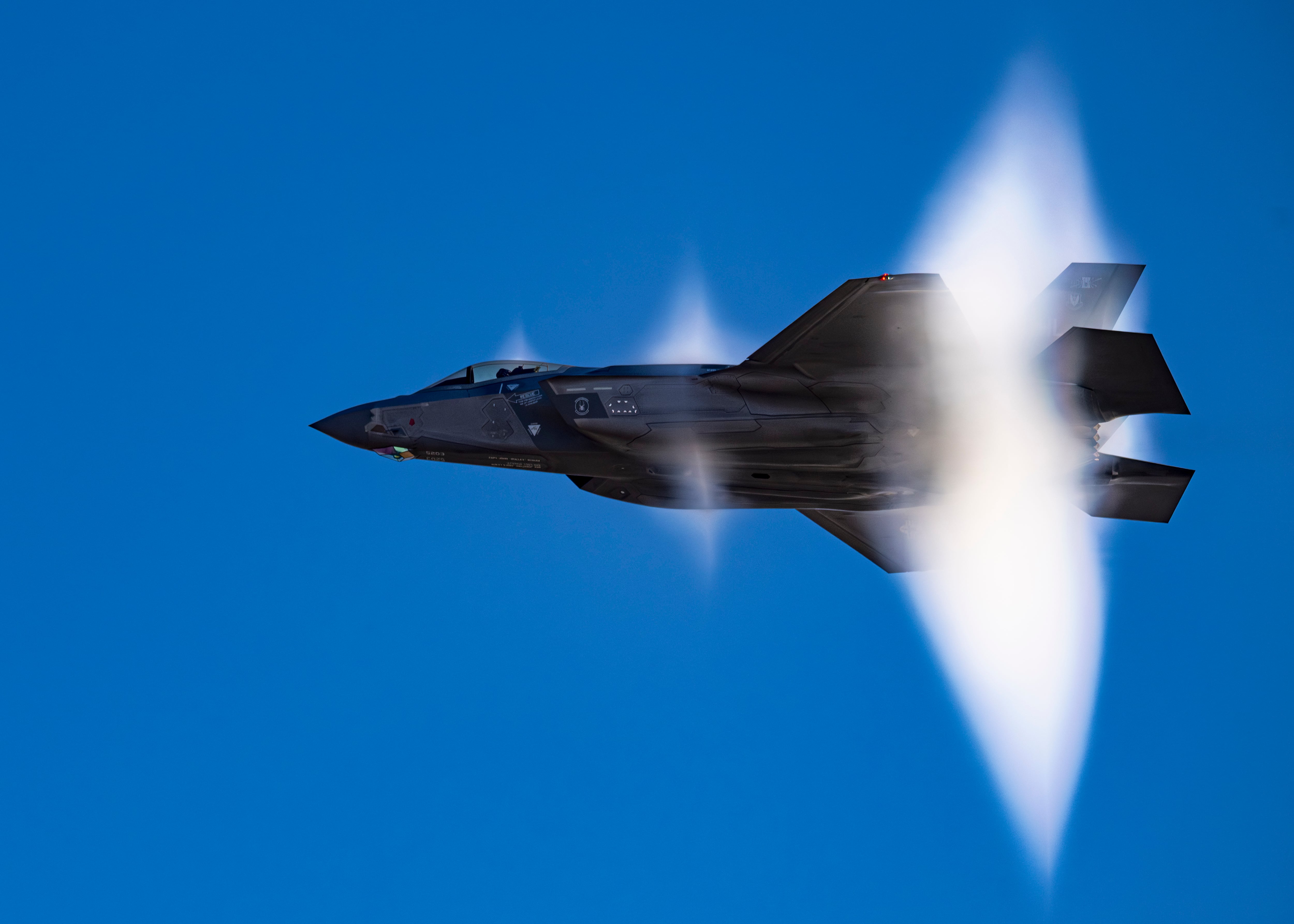Correction: A previous version of this story misrepresented the status of the Japan Ground Self-Defense Force’s Hughes OH-6D Cayuse light helicopter fleet. The service retired them.
MELBOURNE, Australia — Japan has indicated it will give up its “obsolete” attack and observation helicopters in favor of unmanned systems, according to its defense buildup plans.
They will be replaced by “attack/utility,” “miniature attack” and “surveillance” unmanned aircraft systems, according to the English-language version of Japan’s defense buildup strategy released by the Defense Ministry in January.
That document did not provide further specifics about helicopter replacements. However, a Japanese-language summary showed graphical representations of what appears to be loitering munitions and medium-altitude, long-endurance drones as replacements.
It added that existing Japan Ground Self-Defense Force helicopters will be armed to maintain the minimum required capability. Japan currently operates about 50 Bell AH-1 Cobra and 12 Boeing AH-64D Apache attack helicopters. It’s observation helicopter fleet includes 37 Kawasaki OH-1s.
The country originally planned to acquire a new attack helicopter to replace its AH-1s, although that was subsequently canceled.
The elimination of the attack and observation helicopters would come with a reduction in required personnel by about 1,000. The plan comes amid efforts to reorganize the force’s aviation component, which includes the reassignment of air assets to regional army groups instead of the current structure, which attaches aviation squadrons at the division and brigade levels.
Japanese documents did note there will be exceptions, although it did not offer more specifics.
The Japan Ground Self-Defense Force operates Boeing CH-47 Chinook, Fuji UH-1 and Sikorsky UH-60 helicopters. Japan is introducing the Subaru UH-2 utility helo to replace its UH-1s, with plans to procure 77 between now and 2027. The UH-2 is based on the Bell 412EPI design.
The defense buildup plan also lists other obsolete systems that the country will replace, including nine Asagiri-, Hatakaze- and Abukuma-class destroyers and training ships of the Japan Maritime Self-Defense Force. Twelve Mogami-class frigates with leaner crewing requirements will replace that fleet.
The naval force will also look to reduce its planned number of Kawasaki P-1 maritime patrol aircraft in favor of an unmanned wide-area maritime surveillance capability.
Japan has ramped up its defense spending to record levels in recent years in response to what it sees as increased threats from China and North Korea, and it recently committed to raising its defense budget to 2% of its gross domestic product, up from the current level of just over 1%.
Mike Yeo is the Asia correspondent for Defense News.








